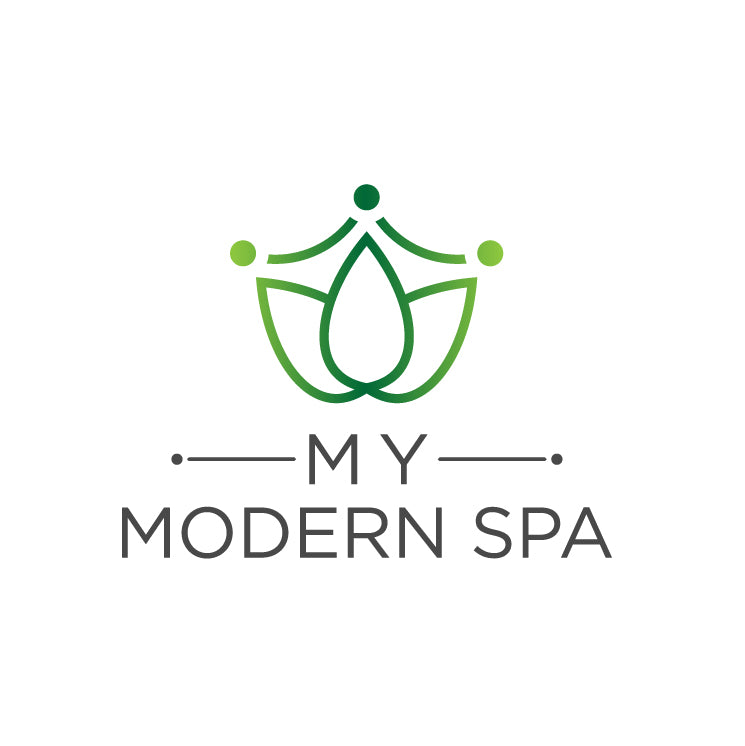Microneedling, a minimally invasive cosmetic procedure, has gained popularity for its ability to rejuvenate the skin, reduce the appearance of scars and wrinkles, and enhance overall skin texture. Traditionally performed in clinical settings by trained professionals, microneedling has evolved to include at-home devices that allow individuals to perform the procedure in the comfort of their own homes. However, the safety of microneedling machines for home use remains a topic of debate and concern among consumers and skincare professionals alike. Here are the safety aspects of microneedling device for home use, considering their benefits, potential risks, and important considerations.
Microneedling Device for Home Use
Microneedling machines for home use are handheld devices equipped with fine needles that penetrate the skin's surface to create controlled micro-injuries. These devices operate on the same principle as professional microneedling treatments, stimulating collagen production and promoting skin regeneration. Home microneedling devices come in various forms, including dermarollers and automated microneedling pens, and are often marketed as convenient alternatives to in-office procedures.
Benefits of Microneedling Machines for Home Use
Convenience
One of the primary advantages of home microneedling devices is the convenience they offer. Users can perform treatments at their own discretion, without the need to schedule appointments or visit a professional clinic. This flexibility appeals to individuals with busy lifestyles or those seeking regular maintenance treatments.
Cost-Effectiveness
Home microneedling devices are generally more affordable than professional treatments performed in clinical settings. For individuals on a budget or those looking to save on skincare expenses, investing in a home microneedling device may be a cost-effective option in the long run.
Privacy
Some individuals may prefer the privacy and comfort of performing microneedling treatments at home, away from the scrutiny of others. Home devices allow users to personalize their skincare routines and address specific concerns in the privacy of their own space.
Risks and Potential Complications
Infection
Improper use or inadequate sterilization of microneedling devices can increase the risk of infection. The needles create microchannels in the skin, making it more susceptible to bacteria and pathogens. Failure to maintain proper hygiene practices, such as disinfecting the device and cleansing the skin before treatment, can lead to infections and other adverse reactions.
Skin Irritation
Home microneedling treatments can cause skin irritation, redness, and inflammation, especially if performed too aggressively or on sensitive skin types. Users may experience discomfort or adverse reactions if they do not follow proper techniques or fail to adjust the intensity of the treatment according to their skin's tolerance level.
Damage and Scarring
Excessive pressure or repetitive use of microneedling devices can damage the skin's barrier and lead to scarring or hyperpigmentation. Users must exercise caution and avoid overtreating areas of the skin, particularly areas prone to scarring, such as acne scars or stretch marks.
Important Considerations for Home Users
Education and Training
Proper education and training are essential for safe and effective home microneedling treatments. Users should familiarize themselves with the device's instructions, including usage guidelines, recommended needle lengths, and sterilization procedures. Seeking guidance from a qualified skincare professional or attending training sessions can help users gain confidence and proficiency in performing microneedling treatments at home.
Skin Type and Sensitivity
Not all skin types are suitable for microneedling, and individuals with certain skin conditions or sensitivities may be at increased risk of complications. It is crucial for users to assess their skin type and consult with a dermatologist or skincare expert before attempting home microneedling treatments. A personalized approach ensures that the treatment is tailored to the individual's specific needs and concerns.
Hygiene and Sterilization
Maintaining proper hygiene and sterilization practices is paramount to minimizing the risk of infection and other adverse reactions. Home users should thoroughly clean and disinfect their microneedling devices before and after each use, using alcohol or antiseptic solutions to ensure cleanliness and safety.
While microneedling devices for home use offer convenience and cost-effectiveness, they also pose potential risks and complications if not used correctly. Home users must prioritize safety and adhere to proper techniques, hygiene practices, and skin care considerations to minimize the risk of adverse reactions. Education, training, and consultation with skincare professionals are essential for ensuring safe and effective home microneedling treatments. By approaching home microneedling with caution and diligence, individuals can reap the benefits of this innovative skincare technique while minimizing the likelihood of complications and adverse outcomes.

